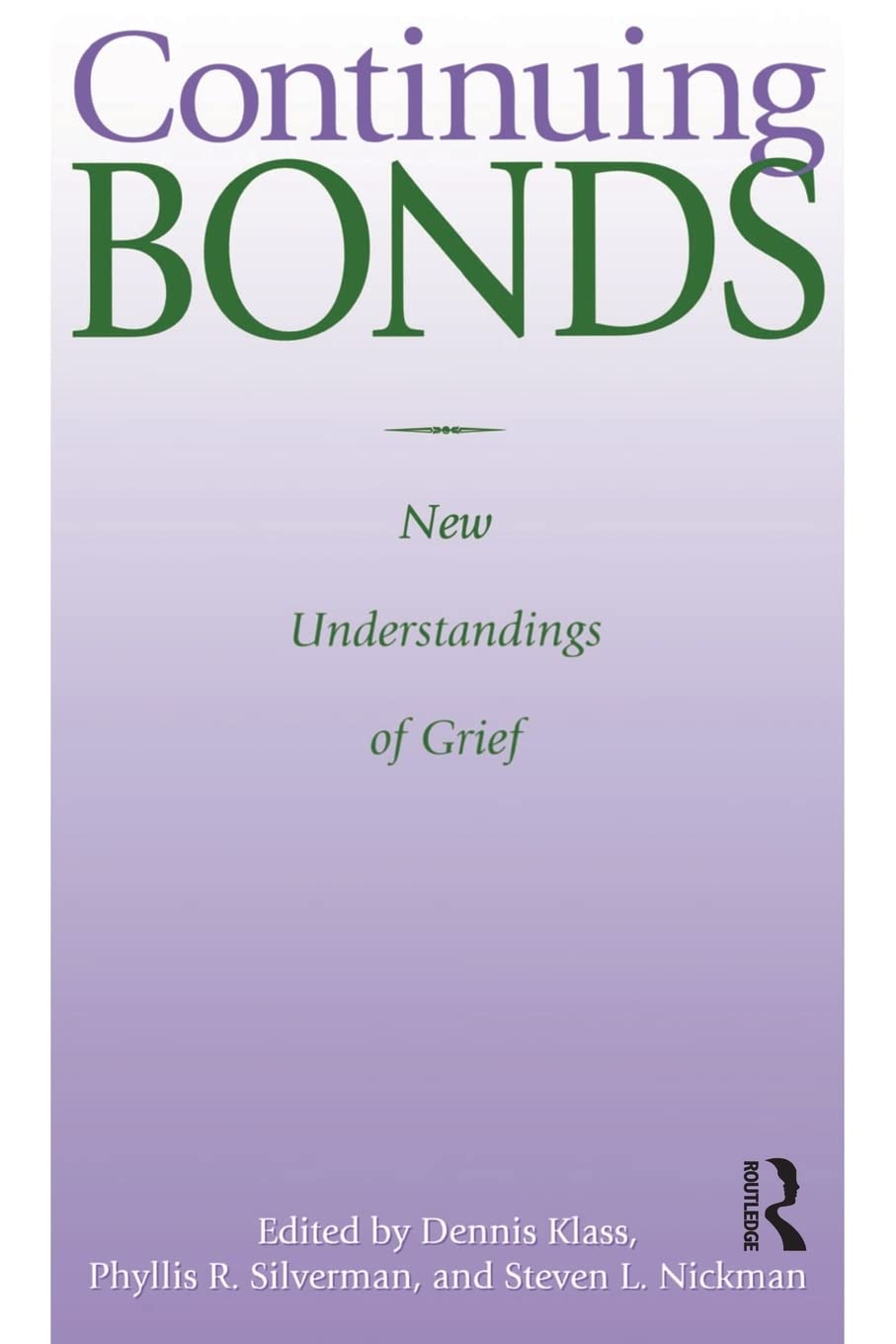
Title

Continuing Bonds: New Understandings Of Grief (Death Education, Aging And Health Care)
Processing time: 1-3 days
US Orders Ships in: 3-5 days
International Orders Ships in: 8-12 days
Return Policy: 15-days return on defective items
First Published In 1996. This New Book Gives Voice To An Emerging Consensus Among Bereavement Scholars That Our Understanding Of The Grief Process Needs To Be Expanded. The Dominant 20Th Century Model Holds That The Function Of Grief And Mourning Is To Cut Bonds With The Deceased, Thereby Freeing The Survivor To Reinvest In New Relationships In The Present. Pathological Grief Has Been Defined In Terms Of Holding On To The Deceased. Close Examination Reveals That This Model Is Based More On The Cultural Values Of Modernity Than On Any Substantial Data Of What People Actually Do.Presenting Data From Several Populations, 22 Authors Among The Most Respected In Their Fields Demonstrate That The Health Resolution Of Grief Enables One To Maintain A Continuing Bond With The Deceased. Despite Cultural Disapproval And Lack Of Validation By Professionals, Survivors Find Places For The Dead In Their Ongoing Lives And Even In Their Communities. Such Bonds Are Not Denial: The Deceased Can Provide Resources For Enriched Functioning In The Present.Chapters Examine Widows And Widowers, Bereaved Children, Parents And Siblings, And A Population Previously Excluded From Bereavement Research: Adoptees And Their Birth Parents. Bereavement In Japanese Culture Is Also Discussed, As Are Meanings And Implications Of This New Model Of Grief. Opening New Areas Of Research And Scholarly Dialogue, This Work Provides The Basis For Significant Developments In Clinical Practice In The Field.
⚠️ WARNING (California Proposition 65):
This product may contain chemicals known to the State of California to cause cancer, birth defects, or other reproductive harm.
For more information, please visit www.P65Warnings.ca.gov.
- Q: What is the main focus of 'Continuing Bonds: New Understandings of Grief'? A: The book focuses on expanding the understanding of the grief process, arguing that continuing bonds with the deceased can be healthy and beneficial for survivors.
- Q: Who is the author of this book? A: The author of 'Continuing Bonds: New Understandings of Grief' is Dennis Klass.
- Q: When was this book first published? A: The book was first published on April 1, 1996.
- Q: What topics does the book cover regarding grief? A: The book covers various topics including the experiences of widows, bereaved children, parents, siblings, and adoptees, as well as bereavement in Japanese culture.
- Q: How many pages does 'Continuing Bonds: New Understandings of Grief' have? A: The book contains a total of 384 pages.
- Q: What is the binding type of this book? A: The book is available in paperback binding.
- Q: Is this book suitable for professionals in the field of grief counseling? A: Yes, the book provides significant insights and new areas of research that can be beneficial for professionals in grief counseling and clinical practice.
- Q: Does the book include personal stories or data from real populations? A: Yes, the book presents data from several populations and includes contributions from 22 respected authors in the field.
- Q: What is the significance of the continuing bond model of grief discussed in the book? A: The continuing bond model suggests that maintaining a connection with the deceased can enhance the survivor's functioning and is a valid response to loss.
- Q: Are there any cultural aspects of grief discussed in this book? A: Yes, the book discusses cultural aspects of grief, including specific references to bereavement practices in Japanese culture.

